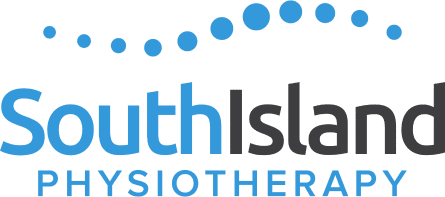Pain is often the reason people seek medical care but it is often a highly misunderstood sensation. Traditional western medicine has made leaps and bounds in our efforts to preserve life but has missed the mark on improving the quality of it. Now this may be a point of contention as modern pharmaceutical practices have allowed for people to pursue their hopes and dreams through medication that may have been previously unavailable to them. I am not going to dispute that modern medicine has saved lives and improved them for many people with significant diseases. The population I am speaking of are the “medically well.” These are the people who could change certain behaviours and ultimately not require pharmaceutical support. These patients are not at imminent risk of decline or death but still very much present with a body system that is taxed and unsustainable. This article is to help those in this category understand what they’re feeling. Often, in order to receive a medical diagnosis for one’s problems there is a battery of tests performed. They check all of your vital organs and systemic functions, monitor blood work and endocrine function in an effort to tell you what is ‘wrong’ with you. That process is valid but what about if you’re in pain and there is nothing ‘wrong’ with you? When this occurs the primary mandate of any practitioner should be to improve a patient’s experience with their body rather than try, through passive treatments, to correct any perceived anatomical variance (which evidence suggests that our ability to do so is dubious at best). In short we are trying to give some one a better experience within themselves and we must shift our attention away from fixing a problem to creating a new experience. So if we can, for the sake of argument, agree that the dominant focus for the medically well is to resolve pain and improve quality of life then it would seem important to understand the nature of the symptom we are trying to affect. Pain is a complicated sensation that is highly variable but I will try and simplify it as best I can in the following observations.
- Pain is a language. More specifically it is a language of safety. In its more rudimentary form it is designed to keep you alive in the presence of a perceived threat. The key word there is perceived. This does not imply real versus unreal, it merely implies that should an individual in any capacity assume their experience is threatening to their physical or emotional well-being, then it stands to reason that that individual should feel pain in an attempt to re-direct behaviour in retreat of this threat. The nature of their experience (intensity of pain or quality) is merely determined by the urgency through which that individual should adjust course in order to best preserve their life. For example, breaking your leg sure feels worse than cutting your leg as one could lead to a more significant loss of function or potential mortality.
- Pain is a multi-factorial experience. More specifically pain is three things at the same time. It is sensational (what you feel), emotional (how you feel) and behaviour changing (what the body wants you to do about it). The sensational aspect of pain is what most are familiar with. It is the discomfort that drives people to seek care. The emotional is the non-physical expression of pain. As an example, the feelings of grief due to the loss of a loved one. We use the word pain to articulate this experience as well. Finally, pain is a behaviour changer. Similar to hunger, it is meant to direct behaviour in order to satisfy a condition of the body so that it can return to balance. The solution to any pain experience is found in a deep dive of all three aspects of a pain experience.
- Threat only exists in 4 aspects of our experience: physical, mental, sleep and diet. If any of these pillars of experience are under threat (injury, stress, non-restful sleep or dietary intolerance) then the potential for pain is heightened. All 4 pillars influence each other in various ways and in the case of persistent atypical pain must be considered in order to allow the well-being to exist in the body.
To sum up the preceding observations, pain is complicated and the source of it can sometimes be hard to pin down. Having said that treatment doesn’t have to be. We find often the simplest solution is generally the right one and we at South Island Physiotherapy are dedicated to exploring both your pain and your future success with you.
– Colin Beattie (BKIN, MPT, CAFCI)

